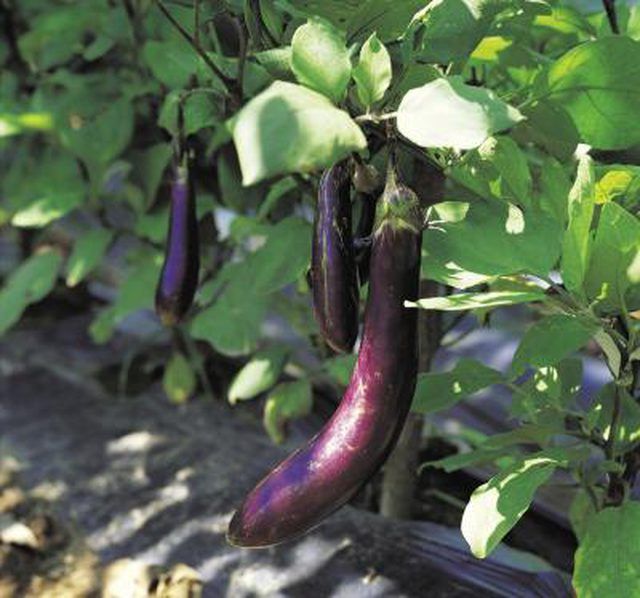Bulbs
Flower Basics
Flower Beds & Specialty Gardens
Flower Garden
Garden Furniture
Garden Gnomes
Garden Seeds
Garden Sheds
Garden Statues
Garden Tools & Supplies
Gardening Basics
Green & Organic
Groundcovers & Vines
Growing Annuals
Growing Basil
Growing Beans
Growing Berries
Growing Blueberries
Growing Cactus
Growing Corn
Growing Cotton
Growing Edibles
Growing Flowers
Growing Garlic
Growing Grapes
Growing Grass
Growing Herbs
Growing Jasmine
Growing Mint
Growing Mushrooms
Orchids
Growing Peanuts
Growing Perennials
Growing Plants
Growing Rosemary
Growing Roses
Growing Strawberries
Growing Sunflowers
Growing Thyme
Growing Tomatoes
Growing Tulips
Growing Vegetables
Herb Basics
Herb Garden
Indoor Growing
Landscaping Basics
Landscaping Patios
Landscaping Plants
Landscaping Shrubs
Landscaping Trees
Landscaping Walks & Pathways
Lawn Basics
Lawn Maintenance
Lawn Mowers
Lawn Ornaments
Lawn Planting
Lawn Tools
Outdoor Growing
Overall Landscape Planning
Pests, Weeds & Problems
Plant Basics
Rock Garden
Rose Garden
Shrubs
Soil
Specialty Gardens
Trees
Vegetable Garden
Yard Maintenance
Growing Eggplants From Cuttings
Growing Eggplants From Cuttings. The eggplant may be one of the most misunderstood vegetables and it is certainly not a common sight in most home gardens. The amount of time it takes for eggplants to grow may be one reason to grow eggplants from cuttings. Take cuttings from existing plants at the end of the growing season and start them indoors....

The eggplant may be one of the most misunderstood vegetables and it is certainly not a common sight in most home gardens. The amount of time it takes for eggplants to grow may be one reason to grow eggplants from cuttings. Take cuttings from existing plants at the end of the growing season and start them indoors. Wait a couple of weeks after the last frost to ensure warm weather is on the way before transplanting in the garden since eggplants need warm soil to grow.
Things You'll Need
Mason jar
Gallon plant container
Potting soil
Organic compost
Mulch
Wood garden stakes, 6-by-1/2-inch wide
Twine
Establishing Roots
Fill the glass Mason jar two-thirds of the way to the top with water. Place the eggplant cuttings inside the jar. Do not place more than two or three cuttings in one jar.
Check the water level daily and refill the jar as the water evaporates. Roots should appear within two to three weeks.
Remove the cuttings with new roots from the jar of water and plant them in a gallon-size pot three-quarters full of potting soil. Insert the roots down in the soil, and then fill the pot, making sure not to cover the cutting above the new root area.
Keep the container indoors until all threat of frost is gone. Two weeks after the last frost in cool climates, prepare to transplant the cuttings by spreading a plastic ground cover on the garden bed. This helps warm the soil enough to plant the cuttings.
Transplant the Cuttings
Prepare the garden soil by adding compost to create the slight acidity eggplants need to thrive. Make sure the area you choose for the eggplants is one that drains well.
Plant the cuttings 1 inch deep and one foot apart in a row. If you have more than one row, space the rows two feet apart to allow room for the growing and mature plants.
Stake the cuttings with wooden garden stakes that are 6 feet long and 1/2 inch thick. Use twine to secure the cuttings loosely to the stakes. Eggplants tend to be heavy and can droop and break as they mature. Add a layer of mulch around the plants to seal in the warmth and help retain moisture.
Fertilize the plants with organic compost after the third week, and two times a month during the growing season. Side-dress the rows by spreading the compost six inches to the side of each plant. Incorporate the compost into the soil with a rake. Water the rows.
Tips & Warnings
Rather than using plain wooden garden stakes, you can find metal stakes with notches on them at most garden centers.